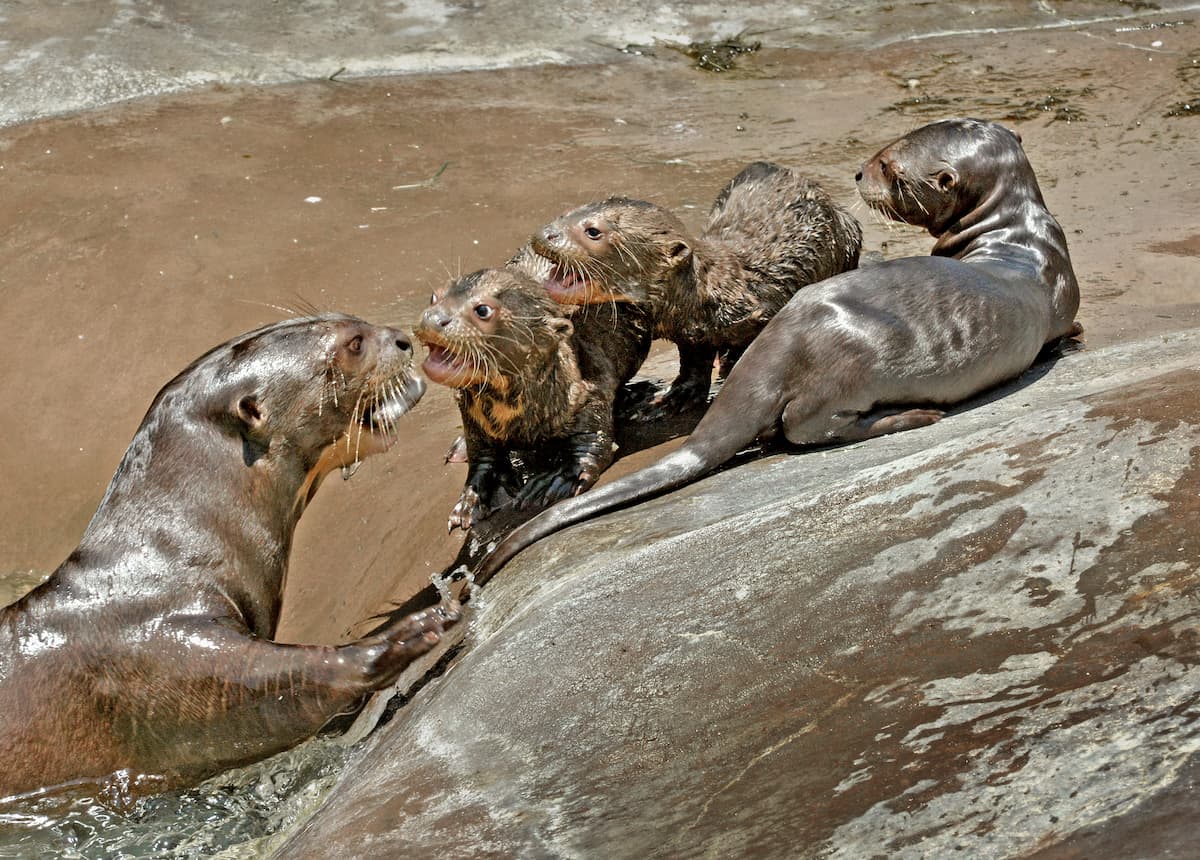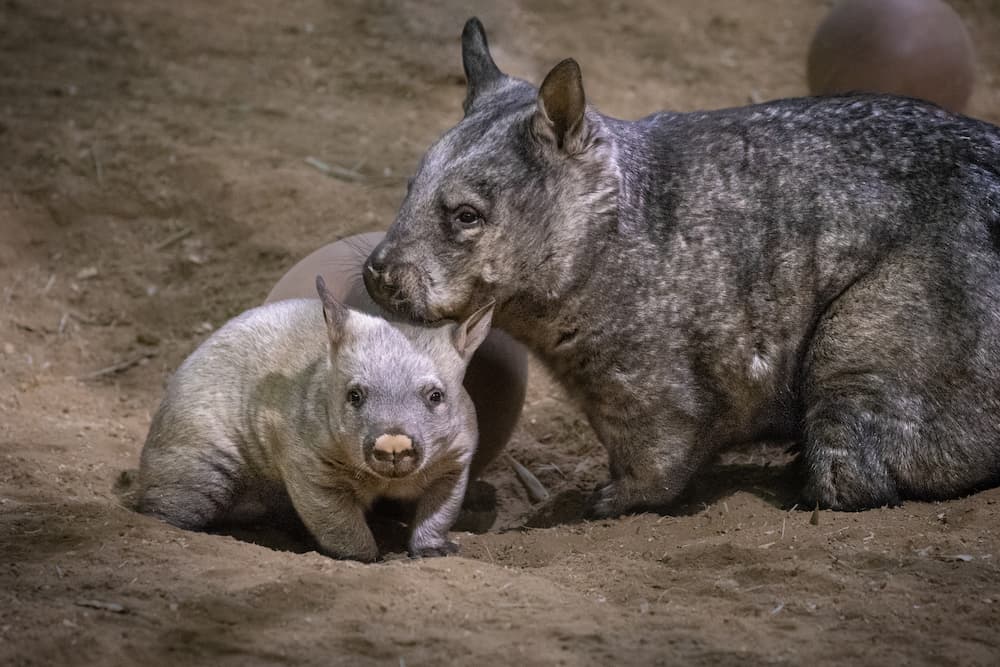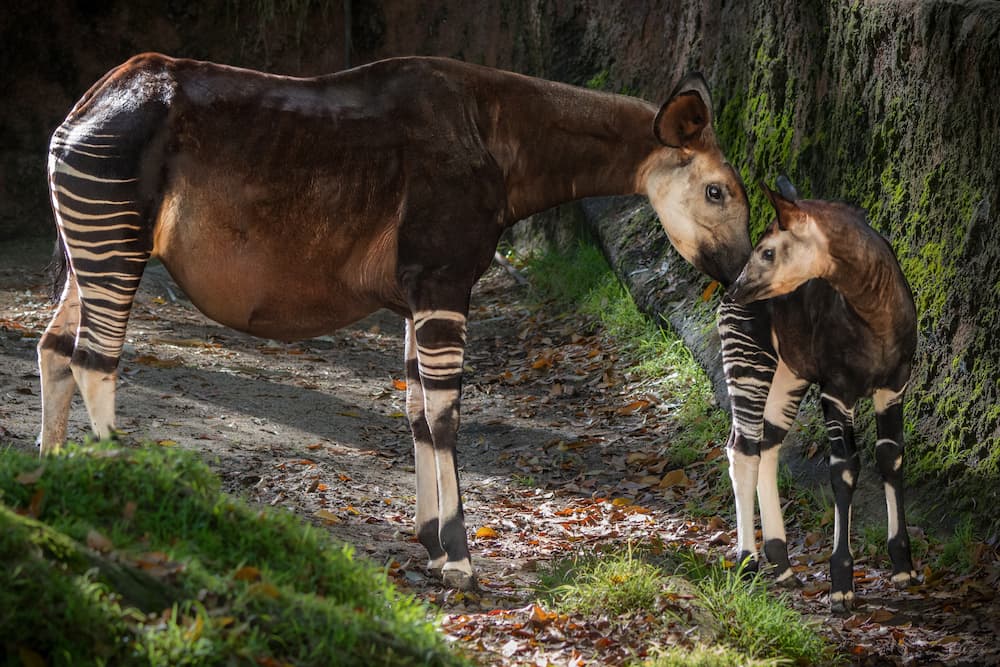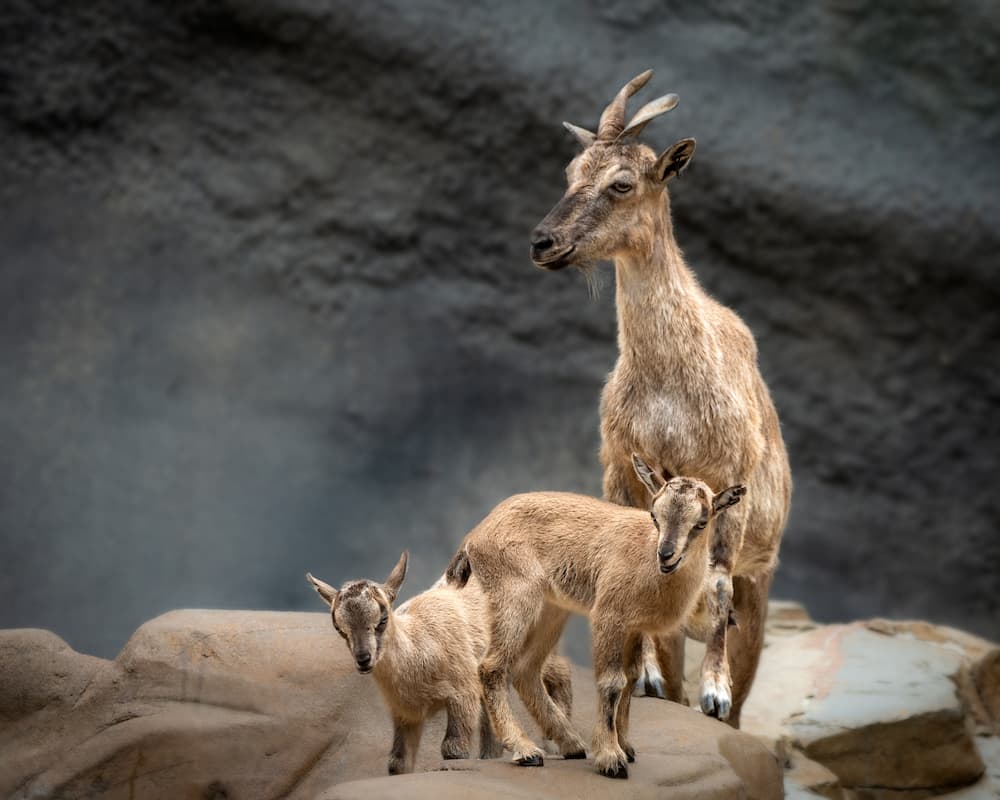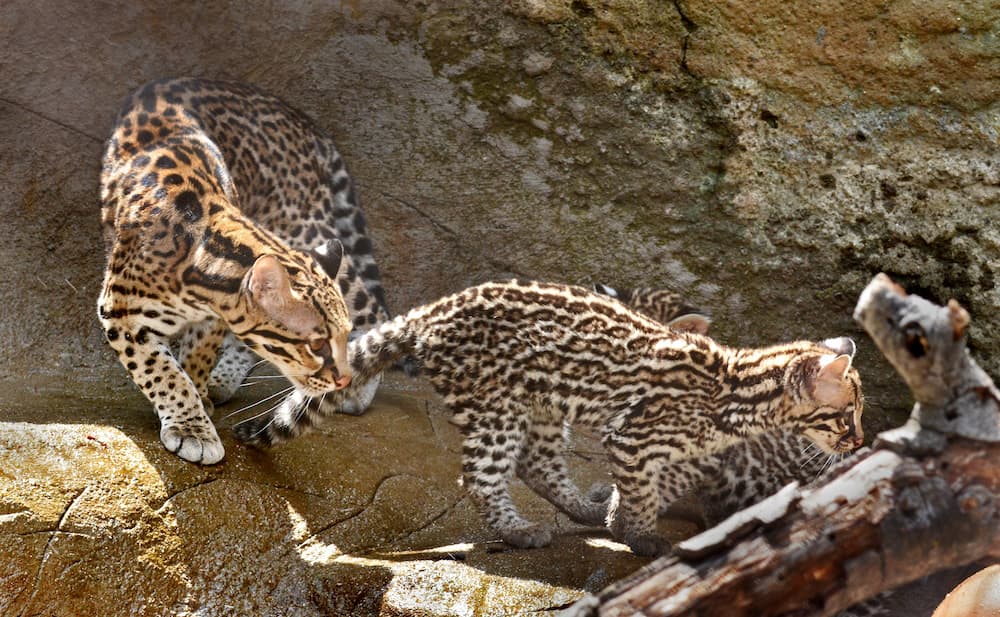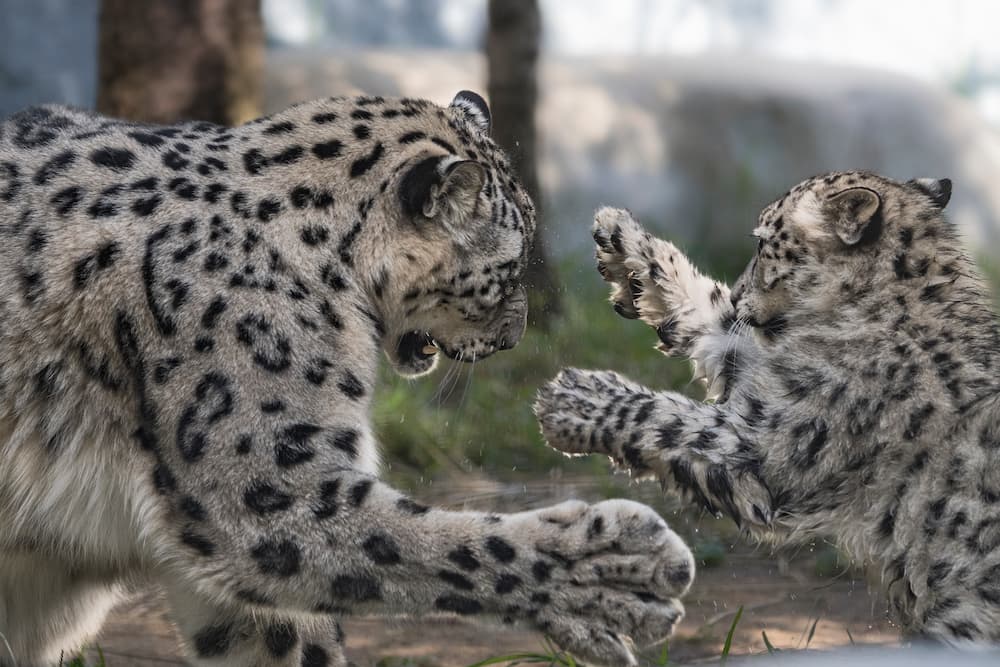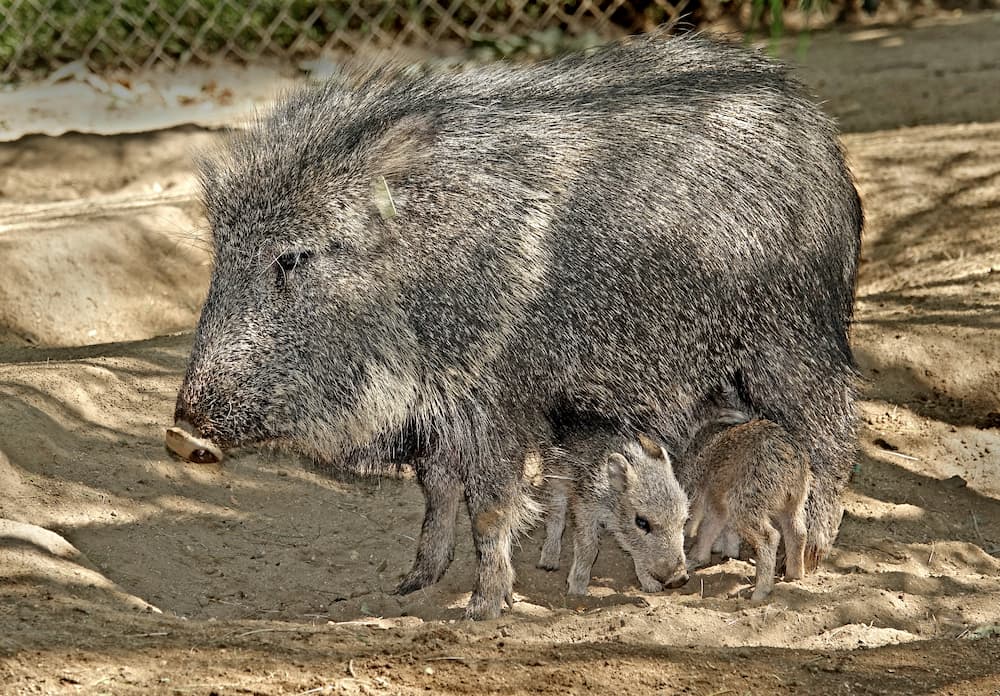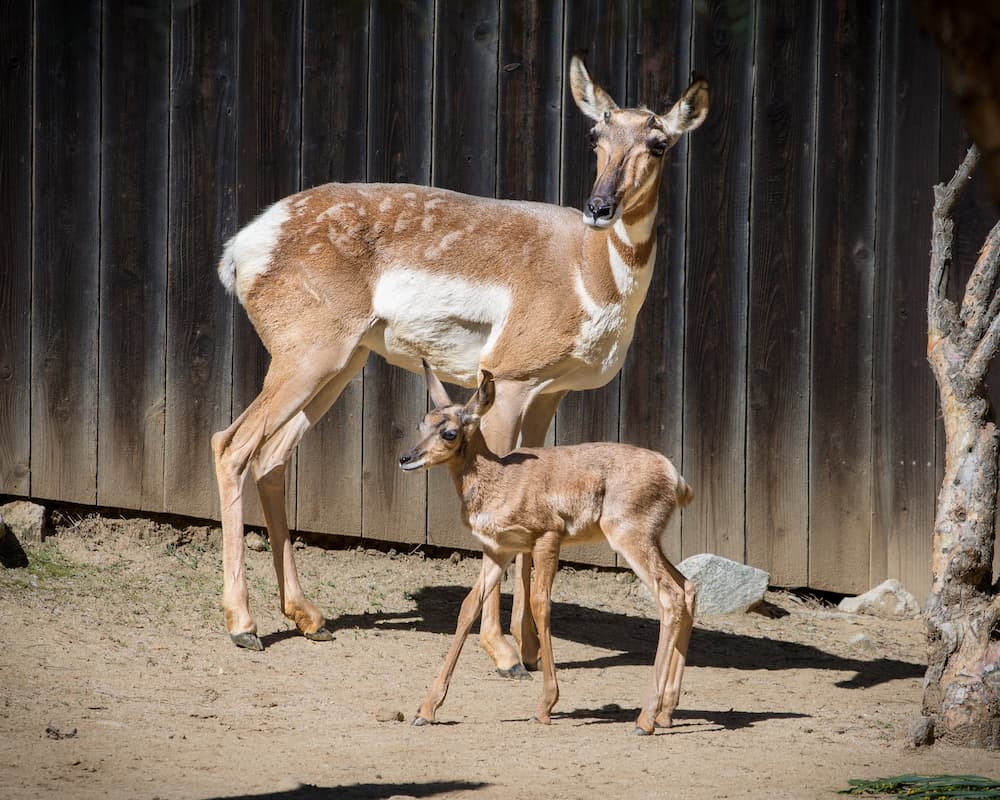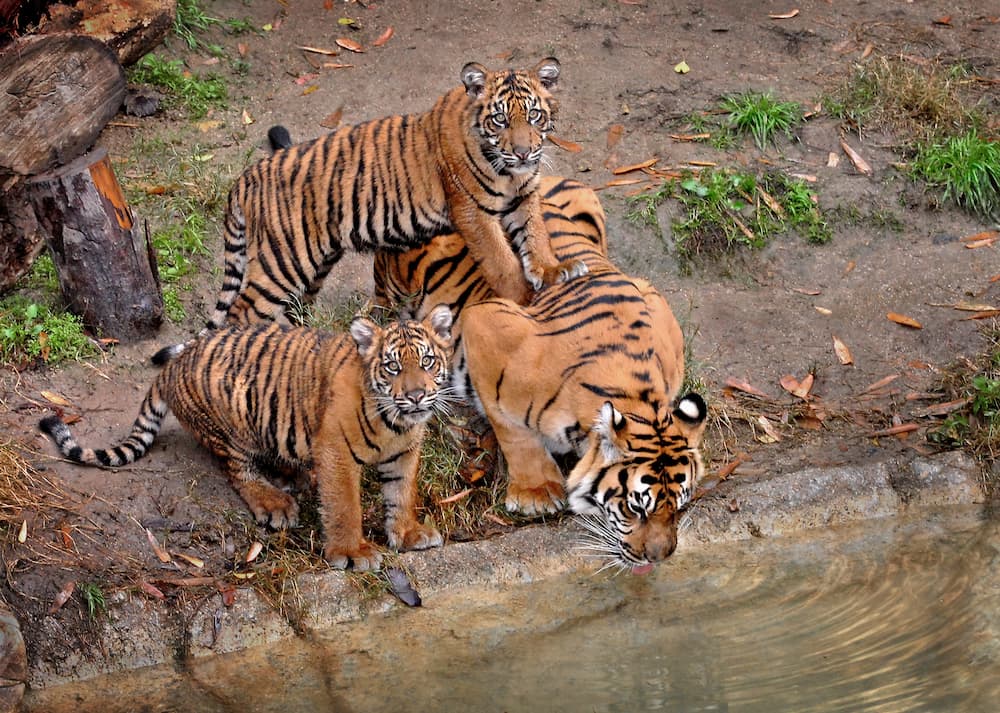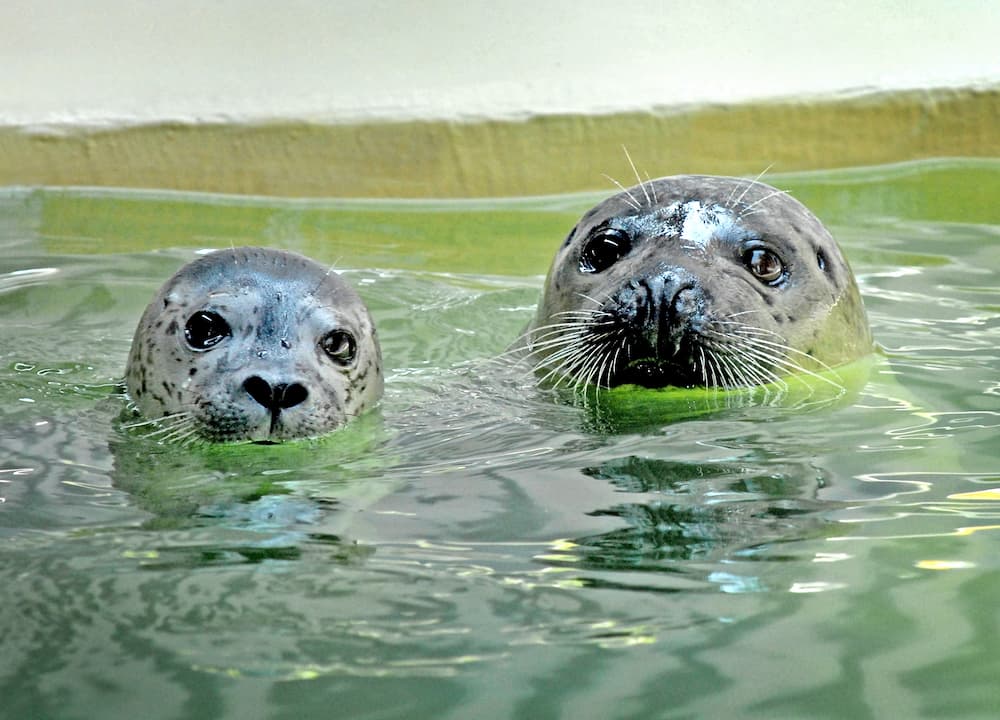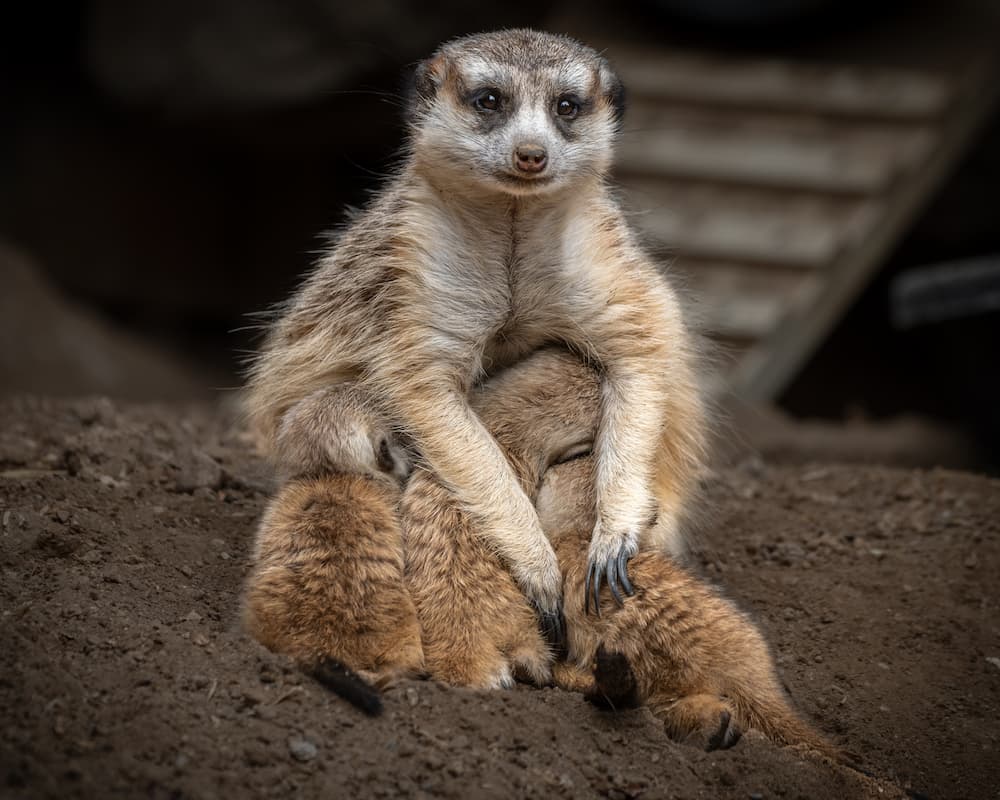
It Takes a Village
A birth at the Zoo is always exciting. Often the result of careful, sometimes global planning in coordination with a Species Survival Plan, a newborn can mean a conservation success that helps build a hedge against extinction in the wild. So it is exciting — for the animals themselves, for visitors, for staff, and especially for the animal care teams who work so closely with our animals at every stage of their lives. And just like for people, once those babies are born, there are lots of adorable photos. Here are some of our favorites of species currently with young of different ages at the Zoo.
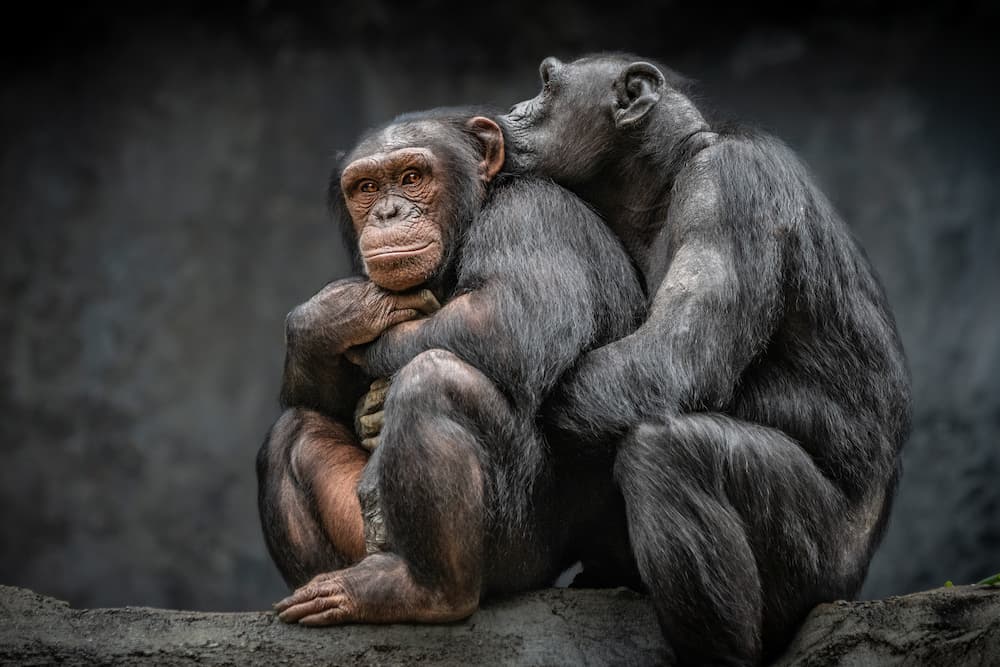
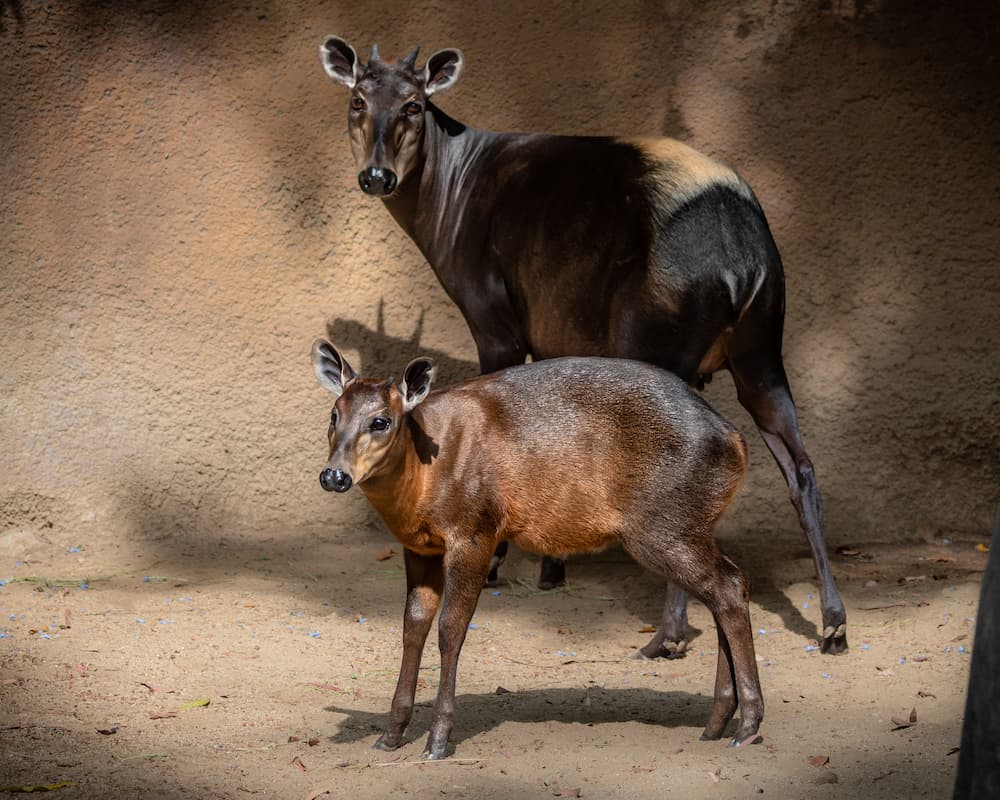
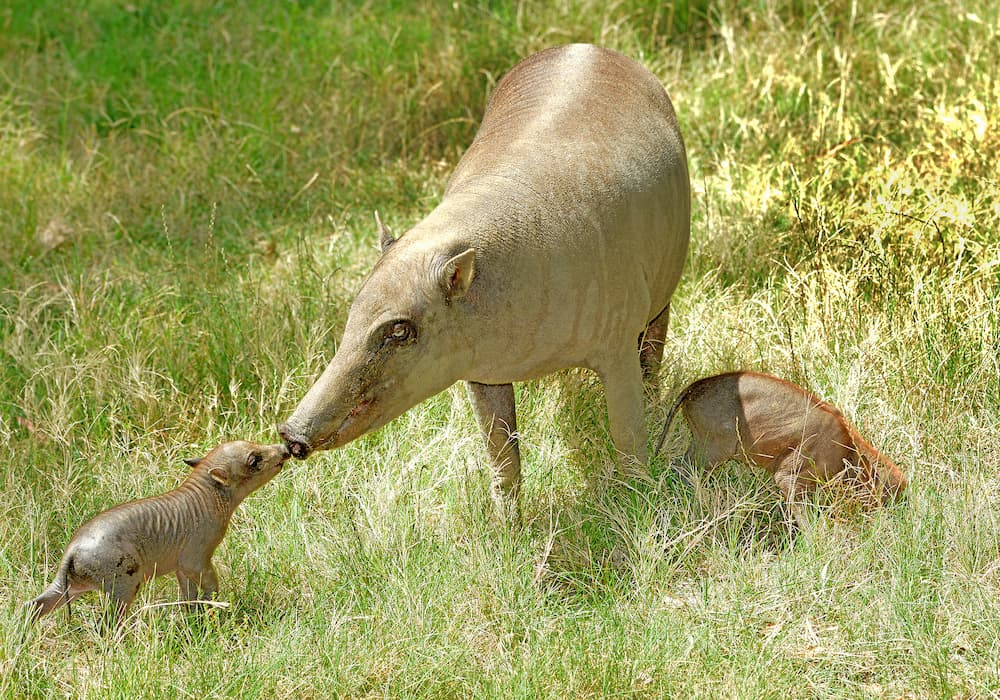
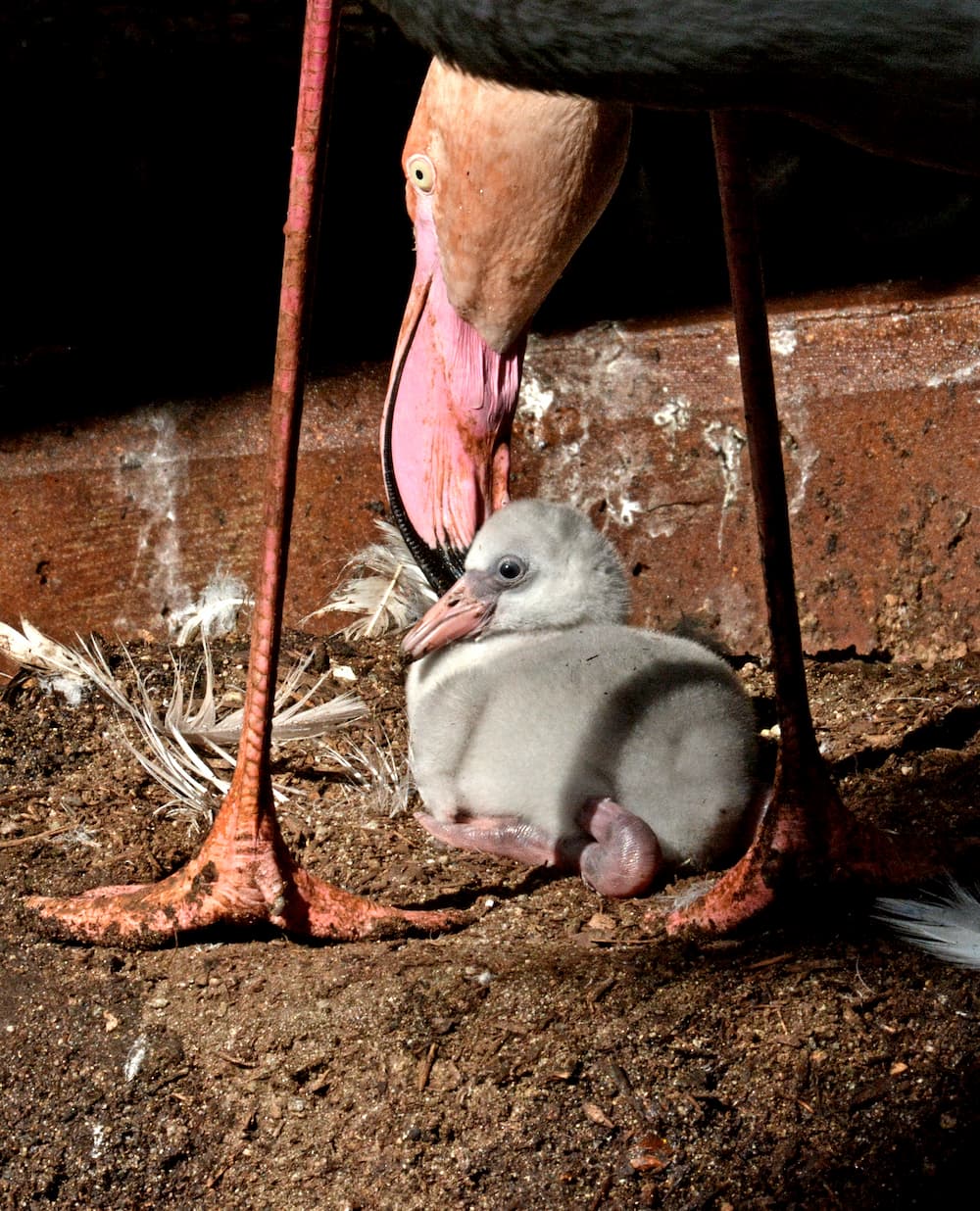

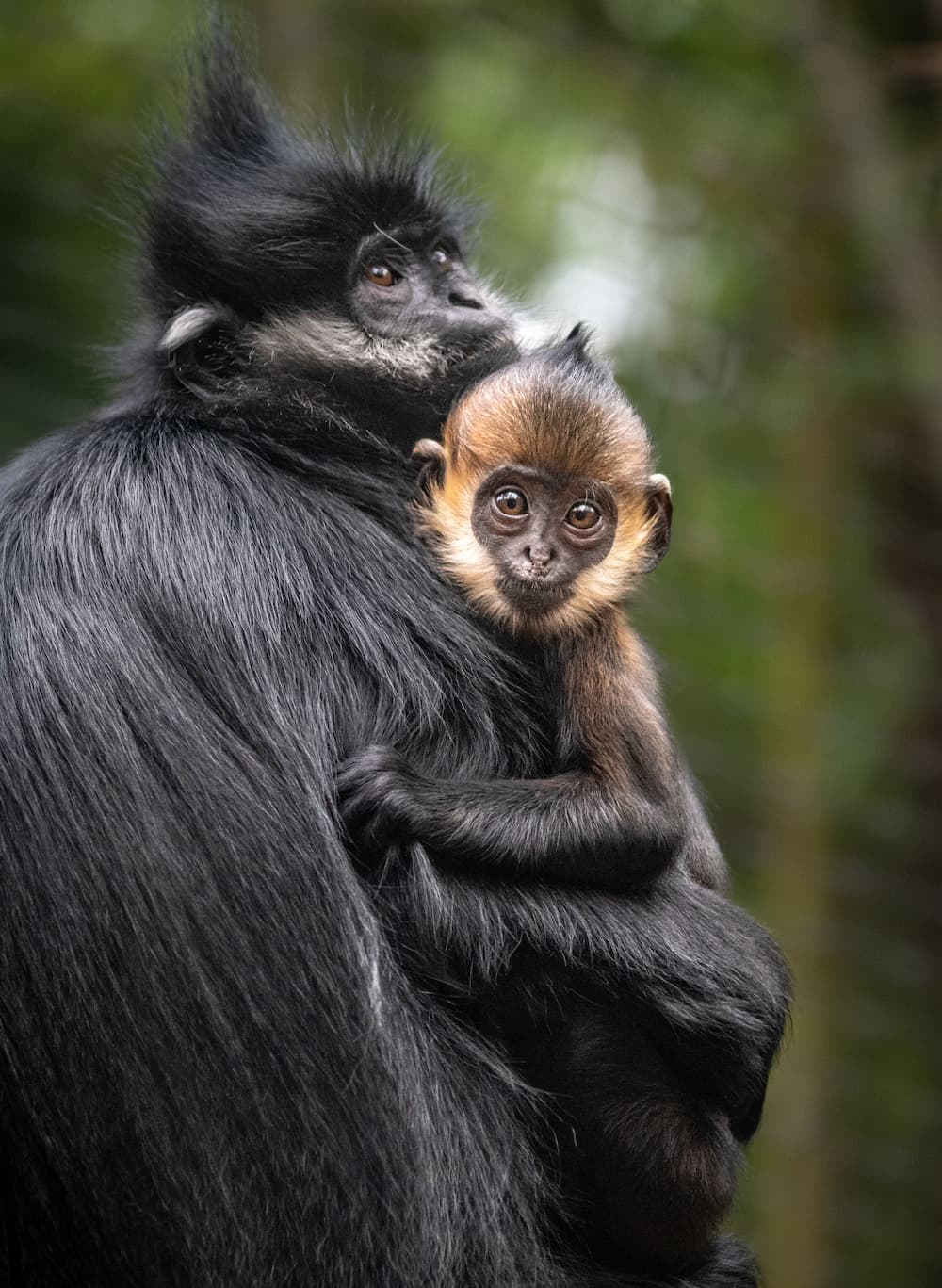
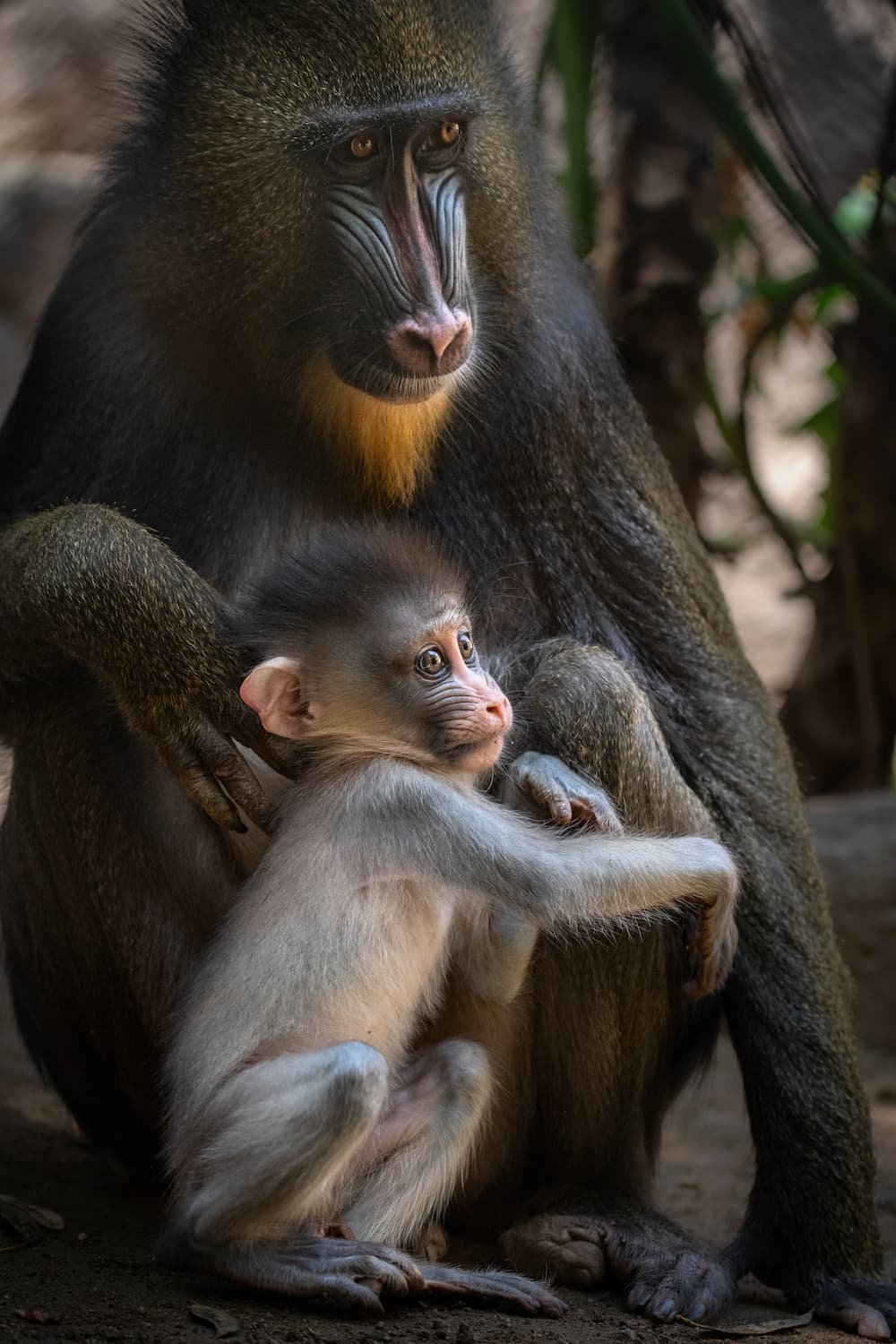
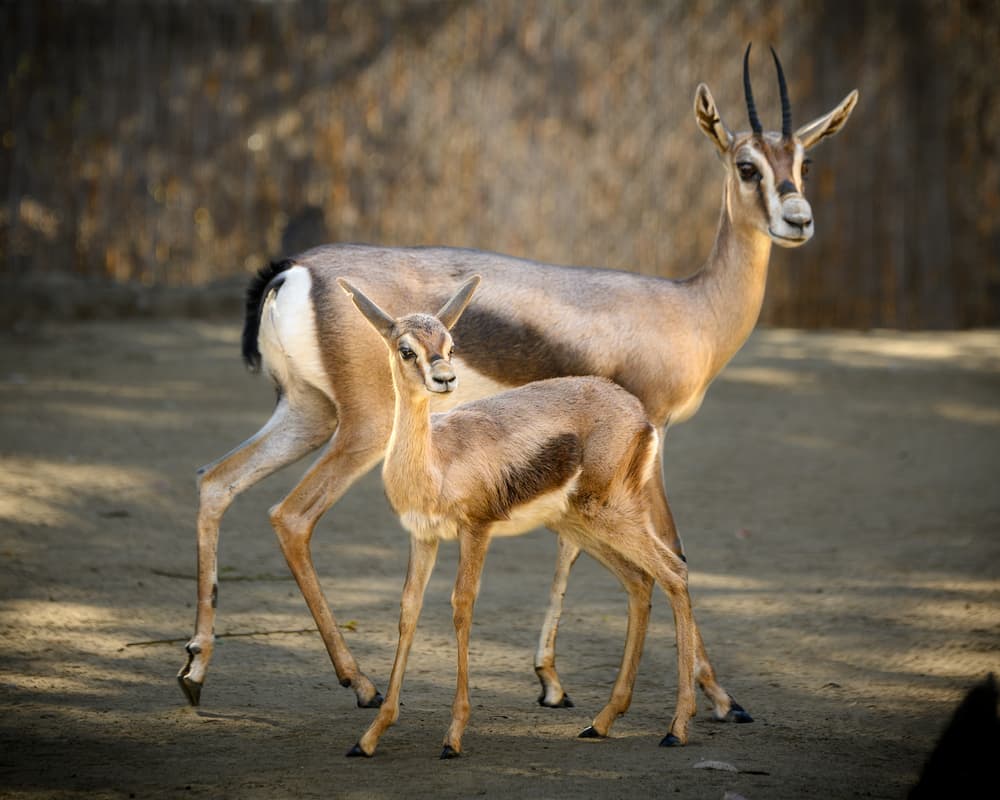
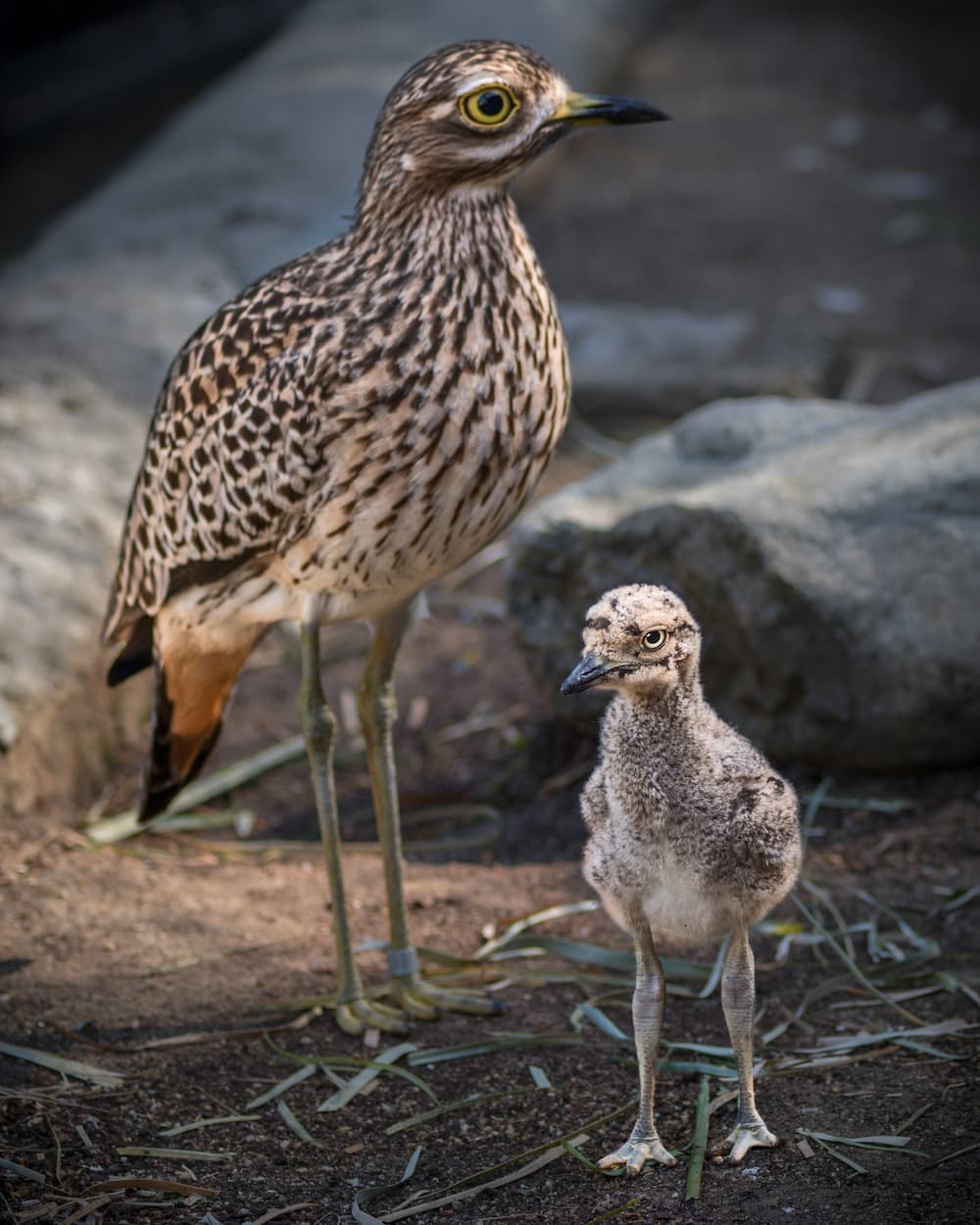
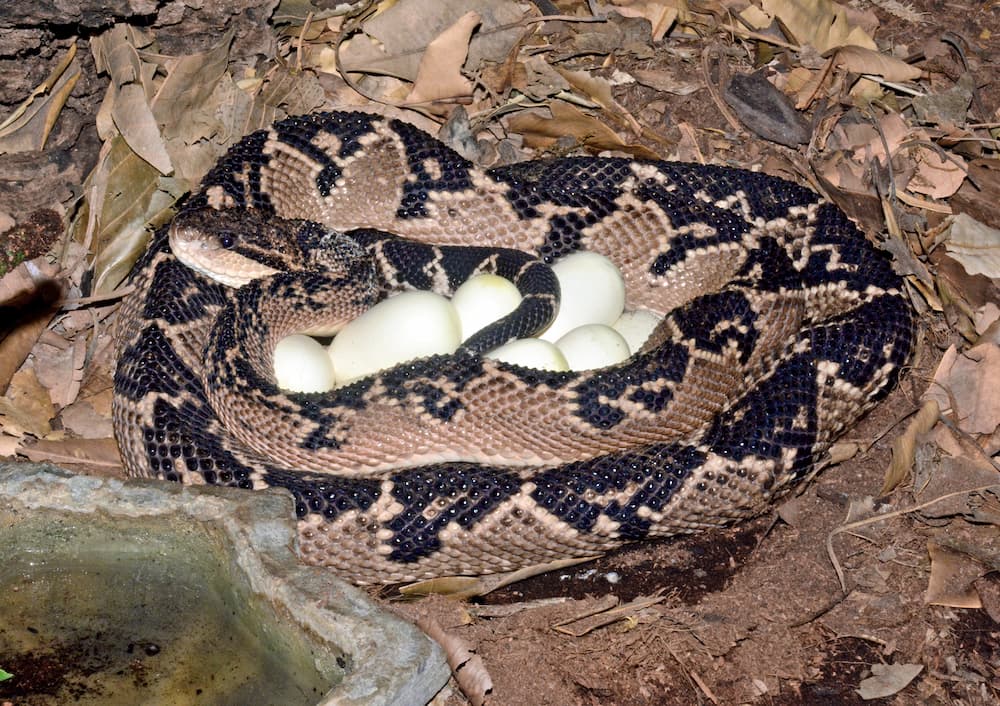
The Circle of Life
Teams of curators, keepers, vets, and volunteers put in a magnificent amount of effort behind the scenes to make sure Zoo mothers are supported when they give birth and care for their newborns. For some species, this effort involves ultrasounds, birth plans, backup plans, and more, all based on best practices and the latest research. Our teams have years of experience, including with animals who were born at the Zoo and have become juveniles and adults. Under the care of their mothers and with support from our curators, vets, and keepers, the circle of life continues! Take a stroll down memory lane with these photos of our mothers and offspring over the years.
